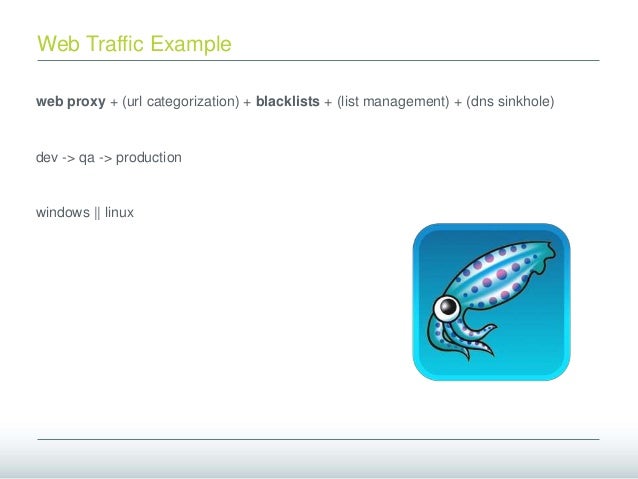

If the timezone is incorrect, it will default to UTC. It will default to UTC timezone when formatting, but you can specify a different timezone. By default the format layout is RFC3339 but optionally can accept any of the Golang predefined layouts or a custom one. By default the expected layout is RFC3339 but optionally can accept any of the Golang predefined layouts or a custom one.

parseDate: parses a date string and returns a time.Time in UTC.parseTimestampNano: parses a timestamp in nanoseconds and returns a time.Time in UTC.parseTimestampMilli: parses a timestamp in milliseconds and returns a time.Time in UTC.parseTimestamp: parses a timestamp in seconds and returns a time.Time in UTC.Example: ] returns the time at 1 hour before now. Optionally, it can receive a time.Duration as a parameter. now: returns the current time.Time object in UTC.parseDuration: parses duration strings and returns time.Duration.cursor: A map containing any data the user configured to be stored between restarts (See cursor).Īll of the mentioned objects are only stored at runtime, except cursor, which has values that are persisted between restarts.References the next request body when used in request.rate_limit.early_limit or response.pagination configuration sections, and to the last response body when used in ansforms or response.split configuration sections. References the next request headers when used in request.rate_limit.early_limit or response.pagination configuration sections, and to the last response headers when used in ansforms, response.split, or request.rate_limit.limit configuration sections. url: The last requested URL as a raw url.URL Go type.last_event: A map representing the last event of the current request in the requests chain (result from applying transforms to last_response.body).first_event: A map representing the first event sent to the output (result from applying transforms to last_response.body).last_response.page: A number indicating the page number of the last response.This is the response as it comes from the remote server. last_response.body: A map containing the parsed JSON body from the last successful response.last_response.header: A map containing the headers from the last successful response.last_: A url.Values of the params from the URL in last_.
Filebeats github full#
last_: The full URL with params and fragments from the last request with a successful response.Kafka/Zookeeper docker-composeįollowing is the content of docker-composr.yml which correspond for running zookeeper and kafka. Please clone it and follow the below steps. All the source codes which relates to this post available on beats gitlab repo. In this post I’m gonna show how I have integrated filebeat with kafka to take the logs from different services. Now the latest version of filebeat supports to output log file data directly to kafka.

Then kibana will display them on the dashboard. Logstash filter and publish the to elasticsearch. Filebeat listen for new contents of the log files and publish them to logstash. Normally filebeat integrates with logstash on ELK stack. It achieve this behavior because it stores the delivery state of each event in the registry file. Filebeat guarantees that the contents of the log files will be delivered to the configured output at least once and with no data loss. We can configure filebeat to extract log file contents from local/remote servers.


 0 kommentar(er)
0 kommentar(er)
